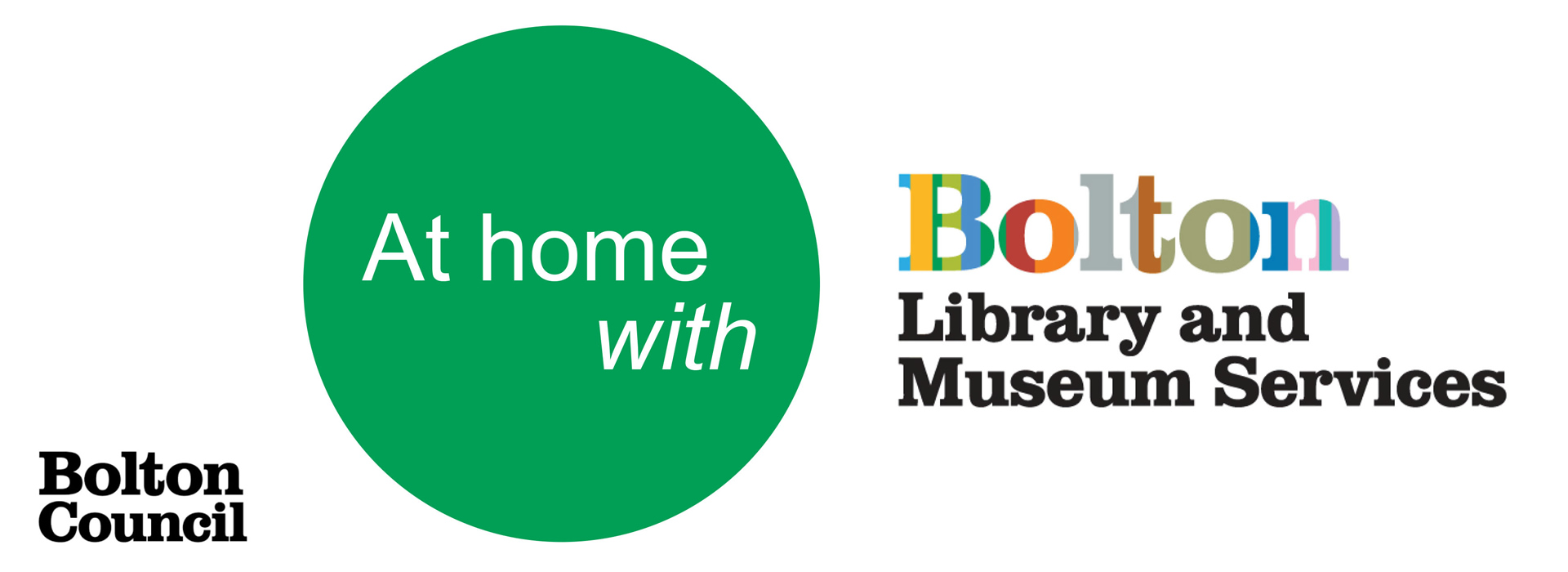Art at home
Art at home
Art at Home 1 - Drawing
We've produced a factsheet with more information.
Don't forget the online art resources in our eLibrary!
Art at Home 2 - Collages
In our second instalment of sketching at home we look at the work of Julian Trevelyan who produced a different kind of drawing using collage.
Find out more about Trevelyan and his collages here.
Art at Home 3 - What Can I Sketch?
Can a camera or a smartphone serve as a sketchbook?
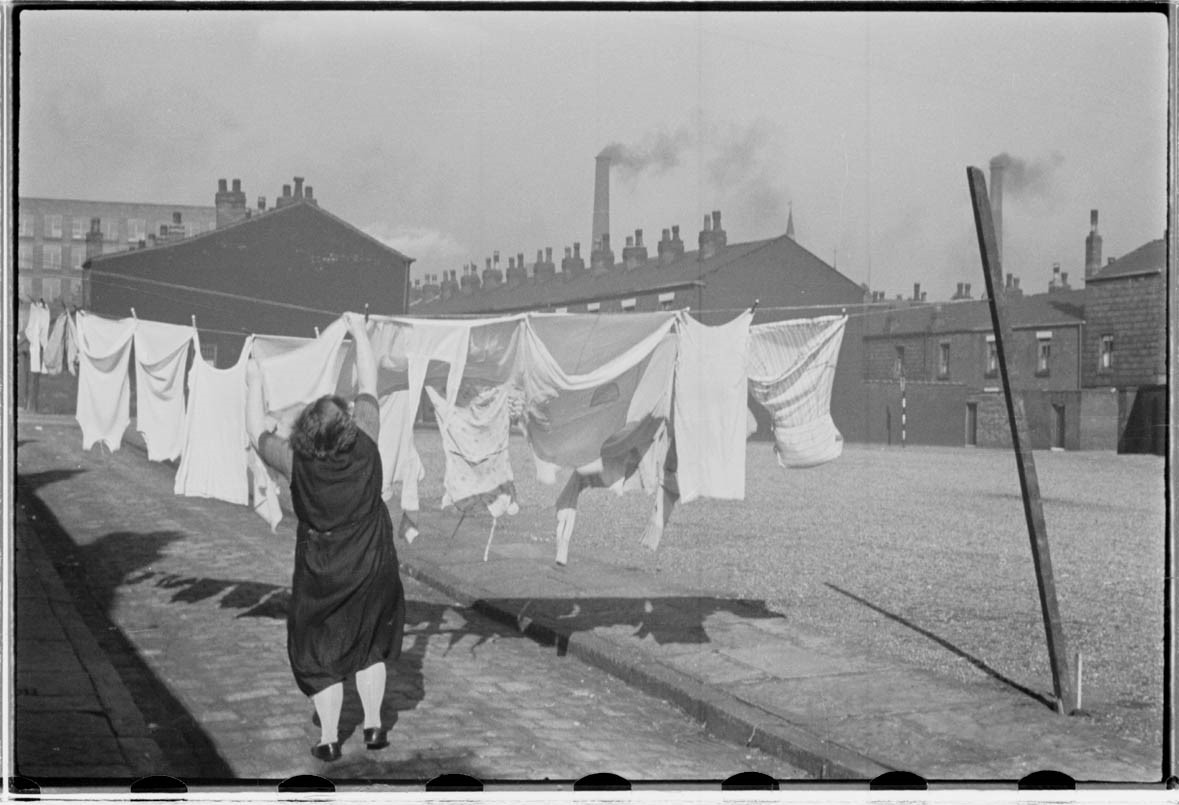
This is a photograph by Humphrey Spender. It was taken in Bolton in 1937. Spender said that his practice as a photographer was based on ‘the acceptance of what is there, what is all around one to be discovered – to be discovered with patience and observation.’
There are lots of lovely crisscrossing lines in Spender’s photograph of someone pegging up washing on a line. There are great contrasting areas of dark and light, black, white and grey. It could almost be a sketch in pencil or pen.
The artist Cornelia Parker has said that ‘My iPhone has always been my sketchbook.’ Here are five things you could capture with your smartphone:
Spoons, knives and forks drying by the kitchen sink
Sunlight falling on a houseplant
A found object (something strange or surreal discovered by chance)
Washing line (if you have one)
A pair of old shoes or trainers
Art at Home 4 - John Robert Cozens' Palazzo Vecchio
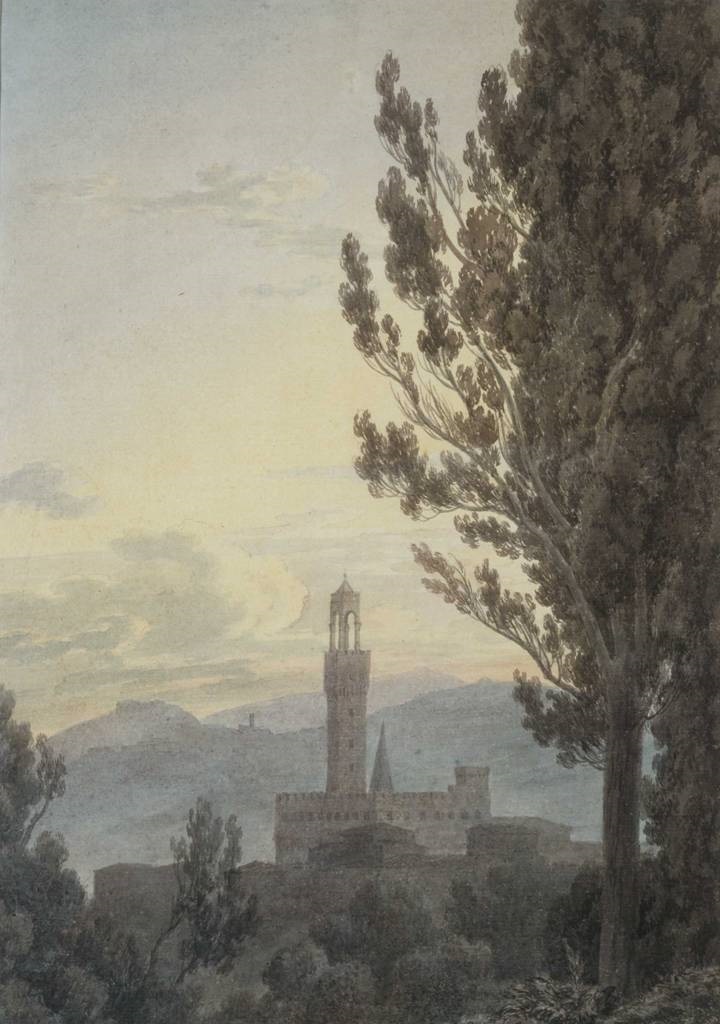 This watercolour by John Robert Cozens of Palazzo Vecchio from the Boboli Gardens in Florence features in the current display in the art gallery. The display is called The Art of Noticing and is a celebration of art’s ability to draw our attention to things in the world.
This watercolour by John Robert Cozens of Palazzo Vecchio from the Boboli Gardens in Florence features in the current display in the art gallery. The display is called The Art of Noticing and is a celebration of art’s ability to draw our attention to things in the world.
Even though this painting was made over two hundred years ago, it’s still possible to imagine what it was like to stand in this spot, looking across the gardens to the Palazzo Vecchio (the town hall of Florence). There is, just now, the artist seems to be saying, no place on earth exactly like this. This garden, and the tree rising-up in the foreground, is totally unique, and there is great value in that fact. And, for this reason alone, is worth paying attention to.
Inspiration for acts of slow, patient looking like John Robert Cozens’ can come from just about anywhere. One of the museum staff has chosen this tree in her garden. There is nothing particularly extraordinary about the tree but looking at it and drawing it make it special.
Art at Home 5 - Painting by Gillian Ayres
Can a painting lift your mood? If any picture can, it is one of Gillian Ayres’ vibrant abstract paintings.
Ayres’ paintings celebrate the physical act of applying paint. Looking at this picture from the museum’s permanent collection, you can almost imagine her flicking the acrylic paint across the paper. Her paintings are also celebrations of the life-affirming properties of colour. Ayres said that “To me, colour in art is wonderfully indulging. I don’t see why you shouldn’t be filling yourself up, making yourself happy.” What colours can you spot in this painting?
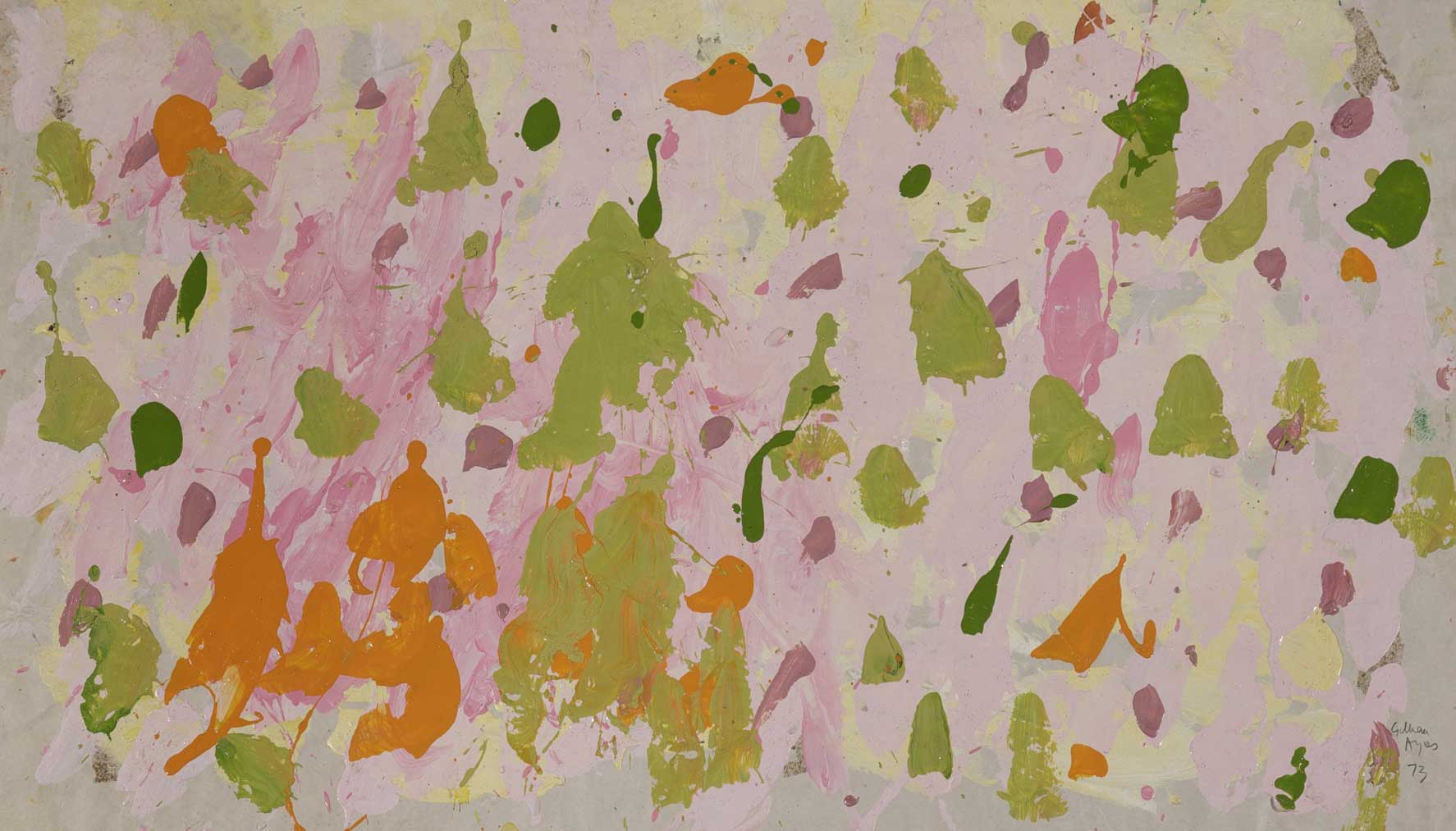
You can see more of Gillian Ayres’ incredible paintings on the ArtUK website.
Art at Home 6 - Our Art Collection Told Through Famous Stories
This afternoon we take a look at your art collection through the medium of literature.
This afternoon we take a look at your art collection through famous stories.
Are there any of your favourites in the video?
#Artathome #Museumfromhome #storyofart #tellusastory #BoltonArtArt at Home
Art at Home 7 - Art from the Second World War
To mark the 75th anniversary of VE Day, we have selected some Second World War art from the Museum collection.
Thomas Hennell’s quick on-the-spot sketch, ‘Troops marching inland from the beaches, 1944’, documents the event that signalled the beginning of the end of war in Europe – D-Day.
‘Troops in a field near Thaxted, Essex’, by another official war artist, Albert Richards, dates from an earlier period in the war. It was painted around 1940 while Richards was in training with the Royal Engineers. Tragically, both Richards and Hennell were killed in the final year of the war.
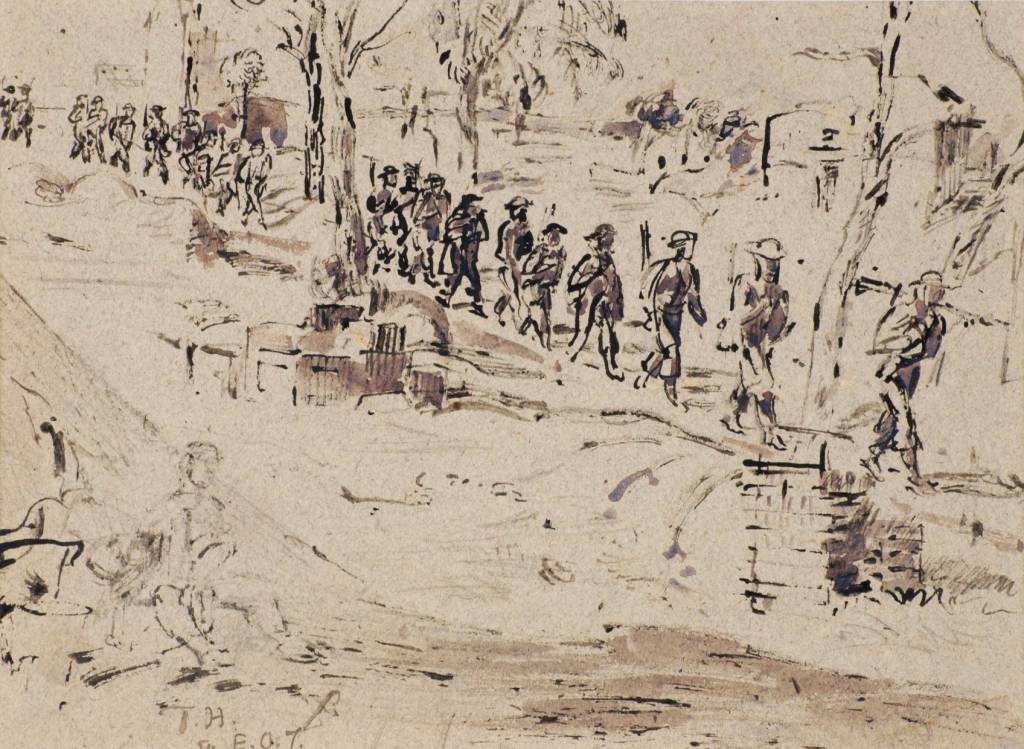
Troops marching inland from the beaches, 1944 by Thomas B. Hennell (1903-45)
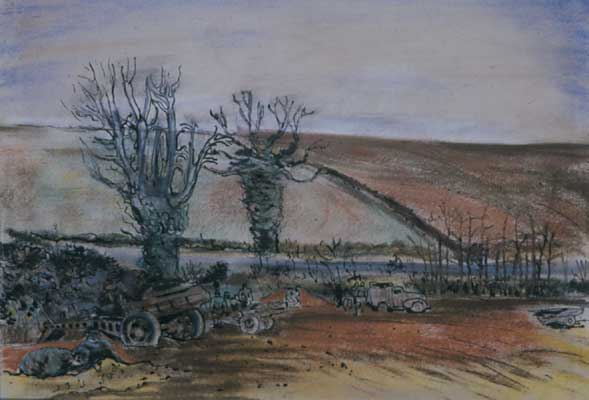
Troops in a Field / Camouflaged Vehicles, near Thaxtead, 1940 by Albert Richards (1919-1945)
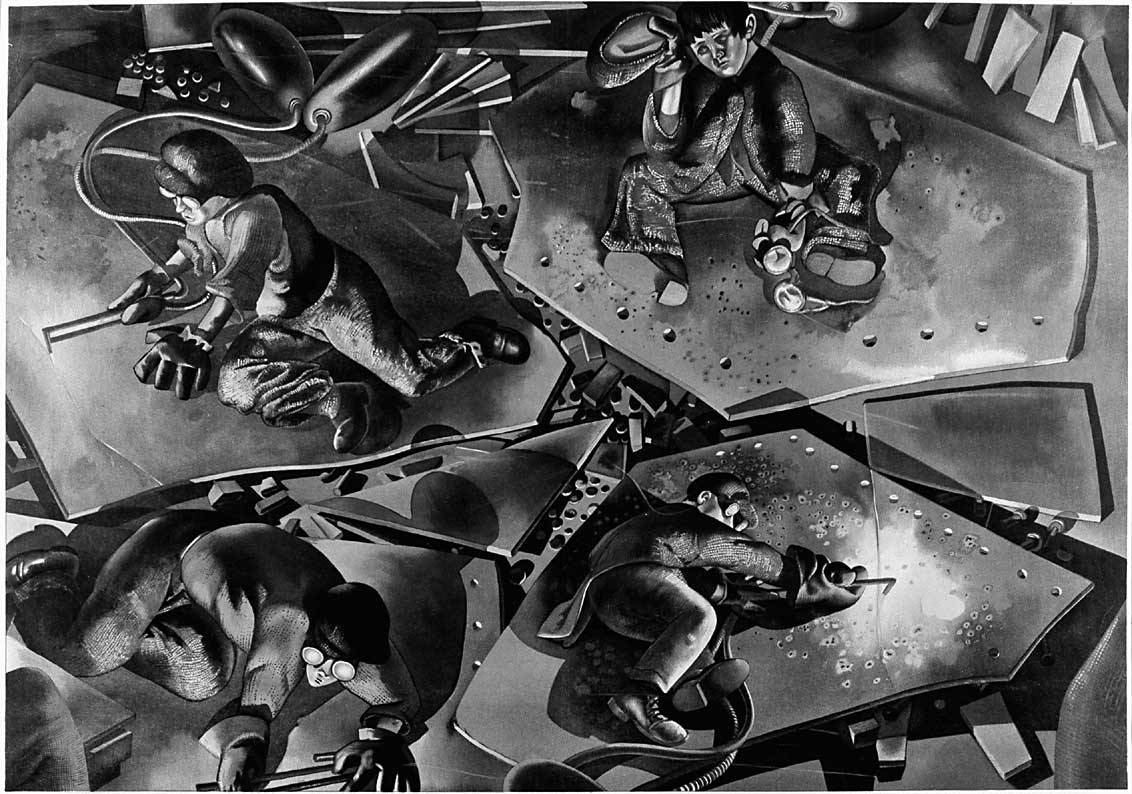
Shipbuilding on the Clyde – Burners, 1940 by Stanley Spencer (1891-1959)
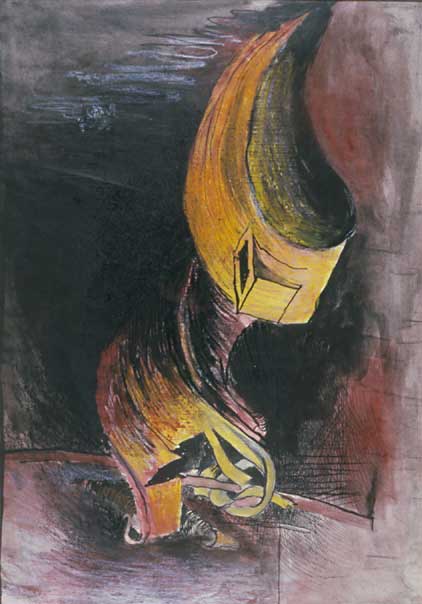
Devastation: East End Factory Ventilation Shaft, 1941 by Graham Sutherland (1903-1980)
Art at Home 8 - Looking Again at Thomas Moran's Nearing Camp
For this Art at Home our curator of art Matthew Watson tells the fascinating story of one of our best known paintings, "Nearing Camp" by Bolton-born artist Thomas Moran.To read a transcript of the talk please click here.
Take some time out for this morning’s Art at Home where we hear the story of our most famous painting on display - Nearing Camp by Bolton born Thomas Moran. Make yourself a cuppa, put your feet up and enjoy!Looking Again at Nearing Camp with Matthew Watson
Art at Home 9 - Looking Again at Vanessa Bell's View into a Garden
For this Art at Home our curator of Art Matthew Watson explores the ideas and relationships behind Bell's beautiful painting. There is also a transcript available.
Take a few minutes to look again at Vanessa Bell’s View into a Garden.
Our curator of art Matthew Watson explores the ideas and relationships behind Bell’s beautiful painting of a room in her home, Charleston. Charleston was a place of solace and comfort. There are times when we all need a room like this.
#VanessaBell #ArtatHome #MuseumfromHome #Bloomsbury #ViewintoaGarden #BoltonsArt #mentalhealthweek2020Look Again at Vanessa Bell's View into a Garden with Matthew Watson

